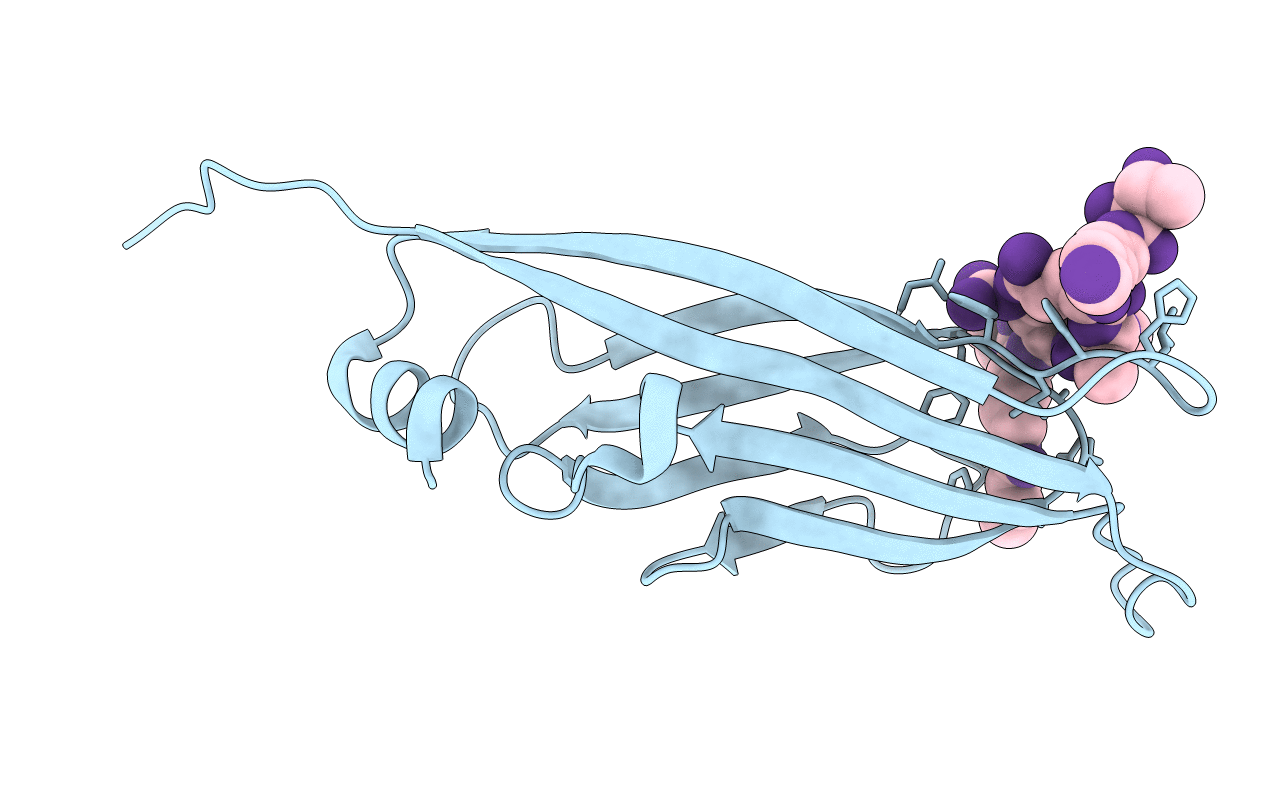
Deposition Date
2016-01-12
Release Date
2016-04-20
Last Version Date
2023-11-15
Entry Detail
PDB ID:
5HJB
Keywords:
Title:
AF9 YEATS in complex with histone H3 Crotonylation at K9
Biological Source:
Source Organism:
Homo sapiens (Taxon ID: 9606)
Host Organism:
Method Details:
Experimental Method:
Resolution:
2.70 Å
R-Value Free:
0.25
R-Value Work:
0.20
R-Value Observed:
0.21
Space Group:
P 32 2 1


